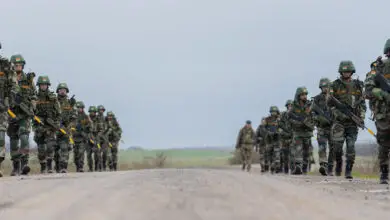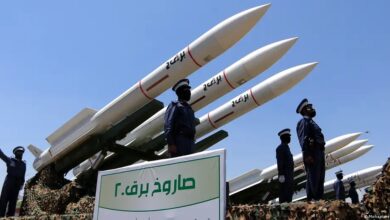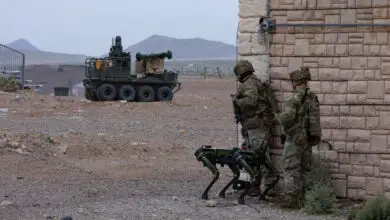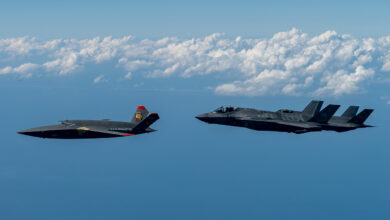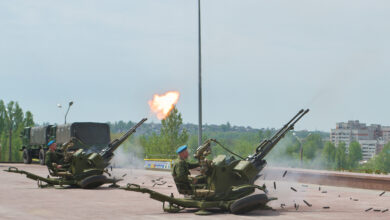The Indian Army demonstrated its drone swarm capability for the first time last week as it deployed a group of 75 unmanned aerial vehicles (UAV), destroying an array of simulated military targets with kamikaze-style attacks.
The demonstration took place in front of a live audience on the occasion of Army Day in the country’s capital, Delhi.
In addition to the offensive display, the demonstration also included a simulation of the drones dropping supplies to ground troops, The Economic Times reported.
The Indian Army is developing its UAV capabilities in collaboration with New Space Research and Technologies, a Bengaluru-based technology firm.
A ‘disruption in warfare’ milestone achieved by the #IndianArmy today with a demo of 75 unit autonomous drone swarm offensive & close support ops display at Cariappa Parade ground. Can enter 50 km inside enemy territory & carry out independent military tasks & destroy targets pic.twitter.com/wbQum0NCsa
— A. Bharat Bhushan Babu (@SpokespersonMoD) January 15, 2021
Plan to Fly 1,000 Drones At Once
The project began in August last year with a group of five drones flying together. Developers eventually want to scale up the level of the technology to be able to fly a mass of 1,000 drones together.
The drones operated autonomously in a formation where a “mother drone” released four smaller drones, with each having a specific role to perform in the mission.
“The Indian Army appears to be using three types of UAV: a quadcopter probably for sensing, a six-rotor mothership drone, and the small quadcopters with explosives on them,” said security analyst Zak Kallenborn about the demonstration to Forbes.
Other Militaries’ Drone Swarm Programs
A drone swarm is a developing military technology that envisages a flock of drones overwhelming an enemy’s air defenses.
Since the swarm includes hundreds or even thousands of small and low-cost UAVs, the cost of losing them in enemy retaliatory fire is negligible compared to the loss of other manned systems such as aircraft.
Late last year, the Chinese military demonstrated the technology when a truck-mounted launcher released a barrage of 48 attack drones in the air.
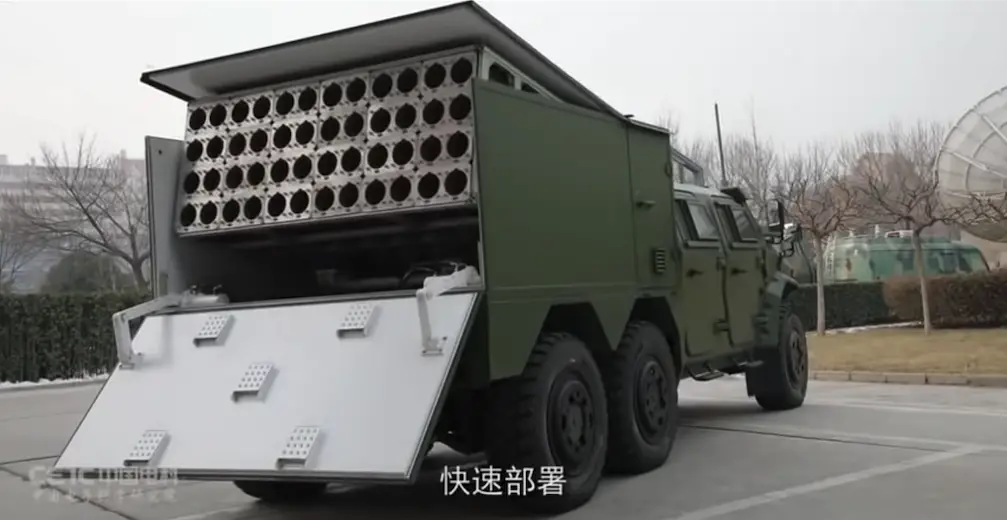
The Turkish military is also reportedly receiving 500 Kargu-2 drones capable of performing swarming kamikaze-style offensive missions.
Meanwhile, the US Army is working on its own drone swarm systems, one of which was demonstrated in 2017 when 103 Perdix drones were launched from three F/A-18 Super Hornet fighter aircraft.
The US Army’s Defense Advanced Research Projects Agency is also working on a drone swarm project called Gremlins, which envisages several small UAVs being released from transport or fighter aircraft to take on the adversary while the manned system is out of harm’s way.
How India’s Drone Swarm is Different
Comparing the drone swarm systems being developed by the US Army and the way the Indian Army is going about it, Kallenborn told Forbes, “National security discourse in the United States around drones often emphasizes a large homogenous swarm, but India’s work shows this is a mistake.”
The article further weighed in on the debate, saying that having a mix of drones with distinct characteristics might prove more flexible and capable in the battlespace.
However, Kallenborn did provide a caveat to his assertion that mixed drones are better than homogenous ones in a swarm attack. He explained that the sophistication of the drones’ autonomous capabilities is the key to their performance.
“The announcer notes, in the beginning, the drones are programmed to carry out these attacks,” he said referring to the Indian Army demonstration.
“What’s not clear is how well the system would function in an actual combat environment where the drones will need to adapt to rapid changes, a complex environment, and mobile targets. Notably, the targets used in the demonstration were all stationary.”




